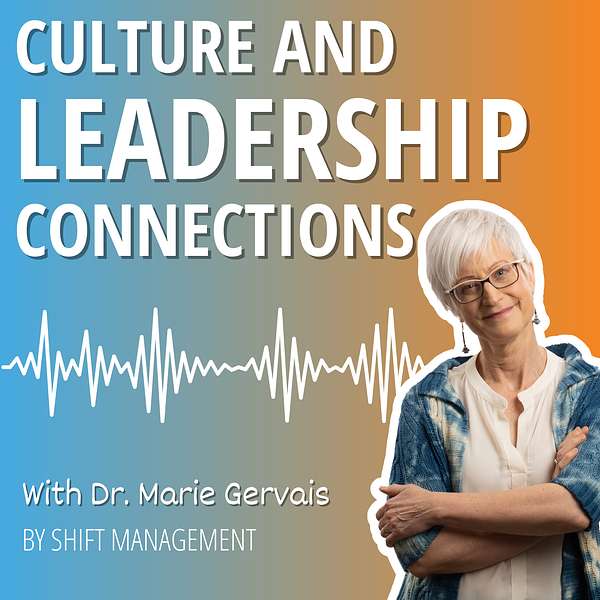
Culture and Leadership Connections Podcast
Culture and Leadership Connections Podcast: where culture, communication, and context meet at work. Discover what cultural influences have formed the careers of noteworthy leaders in a variety of professions, by exploring the groups that shaped who they are today. Learn about the collective context and experiences that affect their worldview, leadership style, workplace communication and behaviour.
Culture and Leadership Connections Podcast
The Spirit of Work: Bringing Your Mind to Work
What comes to mind when someone talks about bringing your mind to work?
Many of us might argue that you can't come to work without bringing your mind. But what does it truly mean to bring your mind to work?
In this episode, we explore the concept of bringing your mind to work, derived from my book, The Spirit of Work. This idea emphasizes the integration of rational thinking in the workplace. We examine how the mind, described in Bahá'í teachings as the rational soul, engages in different types of thinking—perceptual, conceptual, and creative. Each type can be applied to tackle tasks and solve problems effectively.
Additionally, we discuss the significance of mindfulness in making rational decisions and how collaborative efforts often lead to better outcomes than individual attempts. I share stories of a plant manager and an oil and gas rig manager, "Zach" (a pseudonym), who learned that inclusive leadership and seeking input from employees at all levels can result in safer, more productive, and successful work environments.
Quote:
“Mindlessness is a result of actions taken without any concern for their consequences. Mindfulness, on the other hand, involves using all the powers of the mind to enhance and expand the experience of the moment to its fullest and to make decisions from a fully activated rational soul.”
“Thinking isn’t uniform; different tasks require different types of thinking.”
Bringing Your Mind to Work:
For me, bringing my mind to work means using all the powers of my rational soul, both consciously and unconsciously, to solve workplace problems or accomplish tasks. It involves employing the full "toolkit" of my mind.
For example:
- A doctor uses their mind to diagnose illnesses and prescribe remedies.
- A chef applies creativity to design meals.
- A recruiting manager uses critical thinking to identify and hire the best candidates.
The Importance of Bringing Your Mind to Work:
1. Collaboration:
Critical thinking is often lacking, but collaborative problem-solving produces better results by leveraging diverse perspectives.
For example, a plant manager who was confident in his rollout plan presented it to supervisors without seeking their input. Within minutes, they identified 13 flaws in his plan. This humbling experience demonstrated the value of expertise from those closest to the work. Initially reluctant, he eventually involved frontline employees, including those with limited English proficiency. With the help of translators, these employees provided insights that led to a robust plan, ensuring a smooth rollout with minimal issues. This experience highlighted the power of collective intelligence.
2. Safety, Well-Being, Learning, and Encouragement (The "SWEL" Model):
Managers often struggle with feeling unrecognized, prompting them to find ways to highlight their work without appearing boastful. Through this process, they often realize that their team members also need recognition.
A "bottom-up" approach, where managers help junior staff gain visibility, fosters collaboration and a positive workplace culture.
For instance, Zach, an oil and gas rig manager, exemplified humble leadership by valuing his team’s skills and fostering collaboration. Recognizing his own limitations, he sought input from his team to improve communication across sites. He introduced monthly online meetings to encourage open dialogue and feedback.
Zach’s humility created a safe environment for sharing ideas, leading to effective solutions and stronger teamwork. His approach aligned with the SWEL model by making participation inclusive, ensuring all voices were heard, and promoting collective growth.
